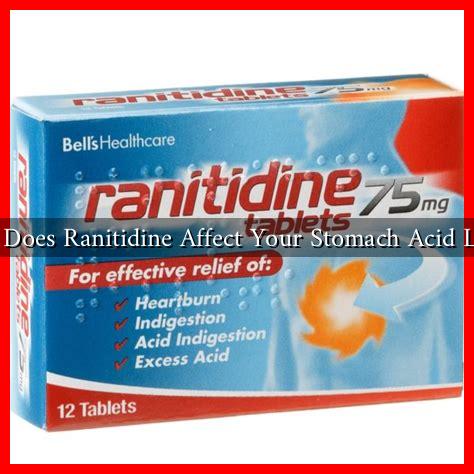-
Table of Contents
How Does Ranitidine Affect Your Stomach Acid Levels?
Ranitidine, a medication belonging to the class of drugs known as H2 blockers, has been widely used to treat conditions related to excess stomach acid, such as gastroesophageal reflux disease (GERD) and peptic ulcers. Understanding how ranitidine affects stomach acid levels is crucial for both patients and healthcare providers. This article delves into the mechanisms of ranitidine, its effects on stomach acid production, and the implications of its use.
Understanding Ranitidine
Ranitidine works by inhibiting the action of histamine on H2 receptors in the stomach lining. This inhibition leads to a decrease in the production of gastric acid. Ranitidine was commonly prescribed for various gastrointestinal disorders until concerns about its safety emerged.
Mechanism of Action
The primary mechanism through which ranitidine operates involves:
- Histamine Blockade: Ranitidine selectively blocks H2 receptors, which are responsible for stimulating acid secretion in the stomach.
- Reduction of Acid Secretion: By blocking these receptors, ranitidine effectively reduces the volume and concentration of gastric acid produced.
- Healing of Mucosal Damage: Lower acid levels can help heal the stomach lining and esophagus, providing relief from symptoms associated with acid-related disorders.
Effects on Stomach Acid Levels
The impact of ranitidine on stomach acid levels can be significant. Studies have shown that ranitidine can reduce gastric acid secretion by up to 70%. This reduction can lead to various outcomes:
- Symptom Relief: Patients often experience relief from heartburn, acid reflux, and ulcer pain.
- Altered Digestion: Lower acid levels can affect the digestion of food, potentially leading to issues such as bloating or malabsorption of nutrients.
- Increased Risk of Infections: Stomach acid plays a crucial role in killing harmful bacteria. Reduced acid levels may increase susceptibility to gastrointestinal infections.
Case Studies and Statistics
Research has highlighted the effectiveness of ranitidine in managing acid-related disorders. For instance, a study published in the Journal of Gastroenterology found that patients taking ranitidine experienced a significant reduction in symptoms compared to those on placebo. Additionally, a meta-analysis indicated that ranitidine was effective in promoting healing in peptic ulcers, with a healing rate of approximately 80% within 8 weeks of treatment.
Safety Concerns and Withdrawal
Despite its effectiveness, ranitidine faced scrutiny due to safety concerns. In 2020, the FDA requested the withdrawal of all ranitidine products from the market after discovering that some formulations contained unacceptable levels of N-nitrosodimethylamine (NDMA), a probable human carcinogen. This led to a significant shift in the treatment landscape for acid-related disorders.
Alternatives to Ranitidine
With the withdrawal of ranitidine, patients and healthcare providers have turned to alternative medications, including:
- Proton Pump Inhibitors (PPIs): Drugs like omeprazole and esomeprazole are now commonly prescribed to reduce stomach acid production.
- Other H2 Blockers: Medications such as famotidine and nizatidine remain available and can be effective alternatives.
- Lifestyle Modifications: Dietary changes, weight management, and avoiding triggers can also help manage symptoms.
Conclusion
Ranitidine has played a significant role in the management of stomach acid-related disorders by effectively reducing gastric acid levels. However, safety concerns have led to its withdrawal from the market, prompting a shift towards alternative treatments. Understanding how ranitidine affects stomach acid levels is essential for making informed decisions about gastrointestinal health. As research continues to evolve, patients should consult healthcare professionals to explore safe and effective options for managing their conditions.

